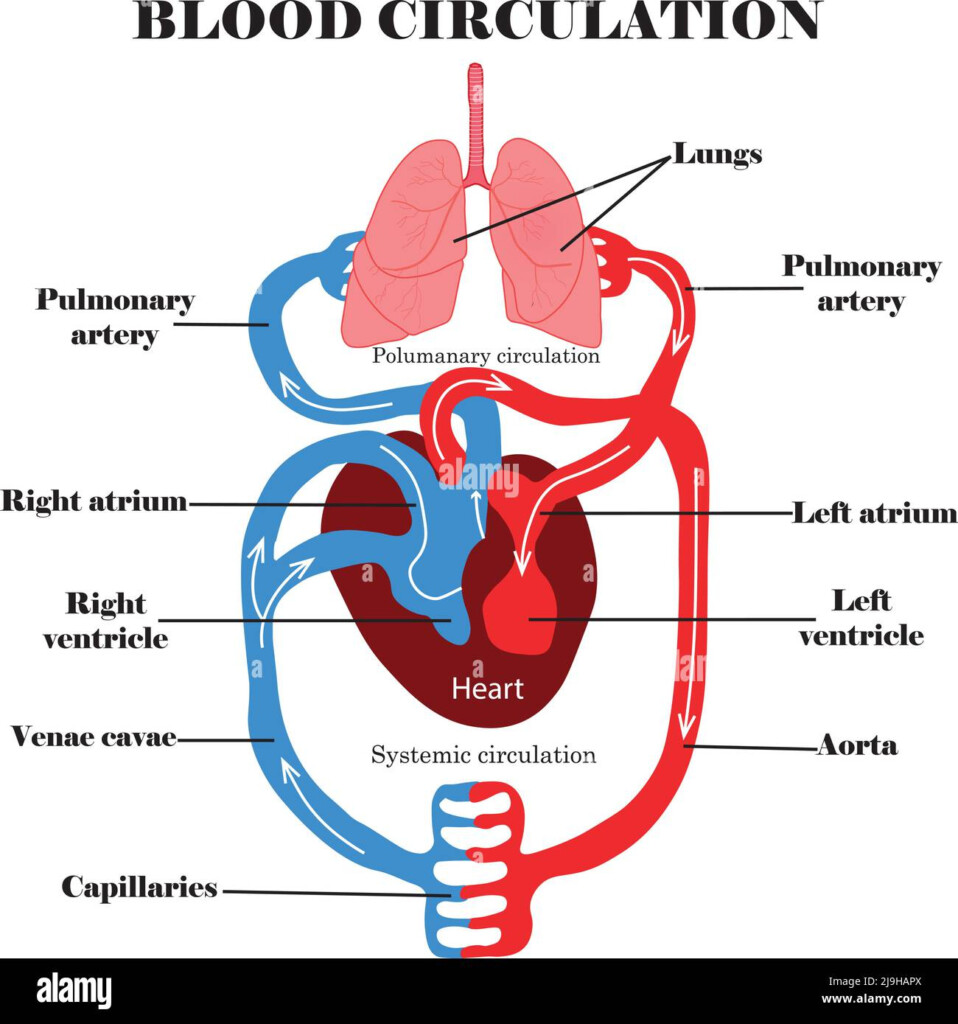Deoxygenated blood flow is a crucial part of the circulatory system, where the heart plays a central role. The right side of the heart is responsible for receiving deoxygenated blood from the body and pumping it to the lungs for oxygenation. This process starts when deoxygenated blood enters the right atrium through the superior and inferior vena cavae.
The right atrium then contracts, pushing the blood into the right ventricle. From there, the right ventricle contracts to pump the deoxygenated blood through the pulmonary artery to the lungs. In the lungs, the blood picks up oxygen and releases carbon dioxide, becoming oxygenated and ready to be pumped back to the heart.
Deoxygenated Blood Flow Chart
Deoxygenated Blood Flow in the Lungs
Once in the lungs, deoxygenated blood flows through the pulmonary arteries into the capillaries surrounding the alveoli. Here, the exchange of gases occurs, with carbon dioxide being released from the blood into the alveoli and oxygen being absorbed from the air into the blood. The now oxygenated blood flows back to the heart through the pulmonary veins, entering the left atrium.
From the left atrium, the oxygenated blood is pumped into the left ventricle and then out to the rest of the body through the aorta. This completes the cycle of oxygenated and deoxygenated blood flow, ensuring that the body receives the oxygen it needs for cellular respiration and other essential functions.
Conclusion
Understanding the flow of deoxygenated blood in the body is essential for comprehending how the circulatory system works to deliver oxygen to tissues and remove waste products. By following the pathway of deoxygenated blood through the heart and lungs, we can appreciate the intricate process that keeps our bodies functioning properly.
